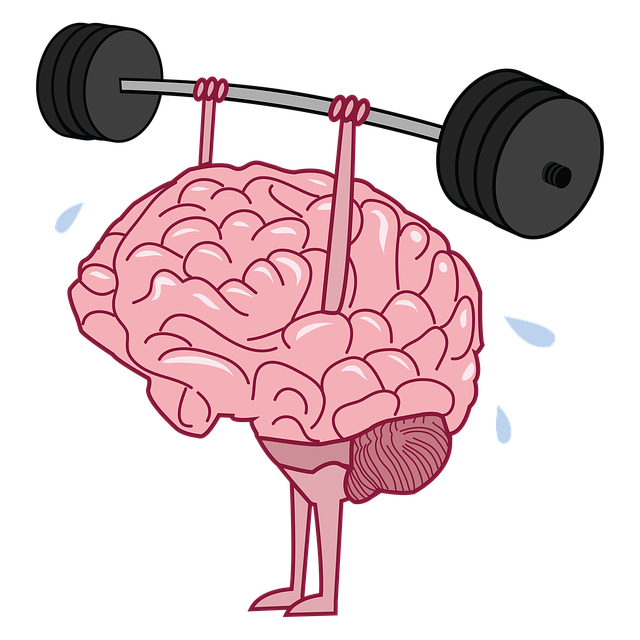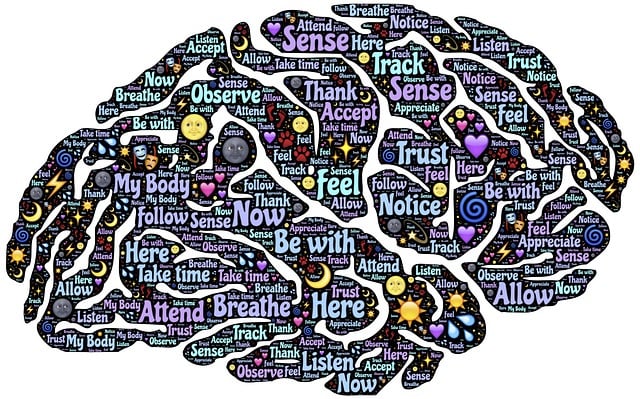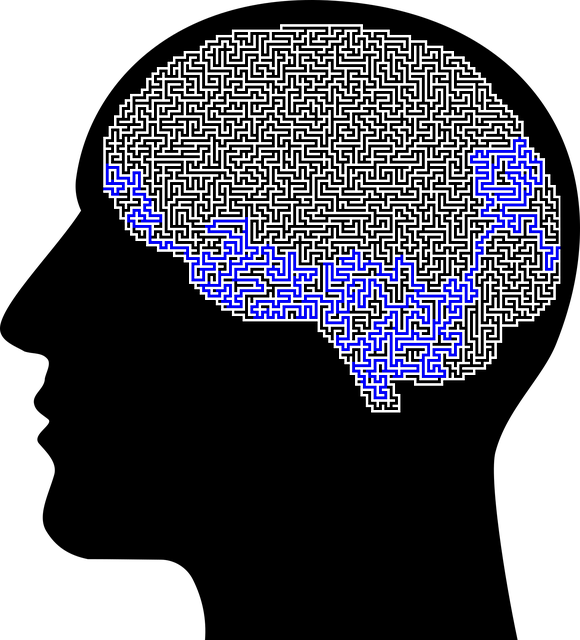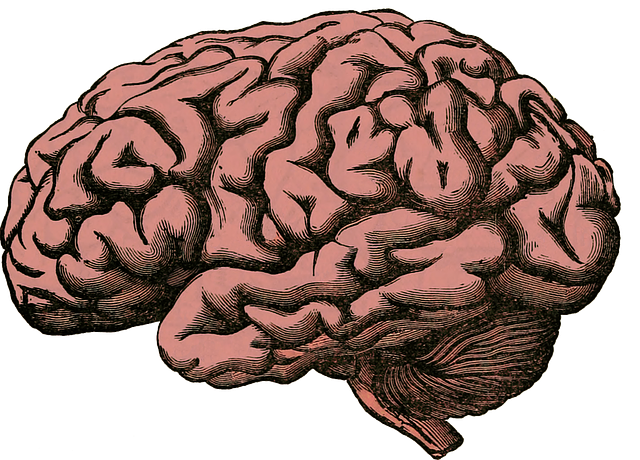TL;DR:
Therapy for young Mandarin Chinese-speaking children focuses on bridging communication gaps and cultural nuances due to language differences and unique emotional healing processes. Key steps include identifying crisis signs, using age-appropriate language, visual aids, storytelling, and mindfulness practices. Ongoing support through regular check-ins and expressive arts empowers these children to express themselves and navigate challenges within their cultural context, aligning with Mental Health Policy goals. Effective strategies enhance therapy sessions' safety, supportiveness, and enjoyment for this niche population.
“In today’s diverse educational landscape, crisis intervention strategies are vital for supporting young Mandarin Chinese speakers navigating challenging situations. This comprehensive guide delves into the essential components of therapy for young children, specifically tailored to meet their linguistic and cultural needs. From recognizing subtle behavioral triggers to implementing effective communication techniques, this article equips professionals with tools to provide timely and meaningful support.”
- Understanding Crisis Intervention for Young Mandarin Chinese Speakers
- Identifying Signs and Triggers in Children's Behaviors
- Effective Communication Strategies in Therapy Sessions
- Post-Intervention Support and Follow-Up Techniques
Understanding Crisis Intervention for Young Mandarin Chinese Speakers

Crisis intervention for young Mandarin Chinese speakers is a specialized field within therapy for young children speaking this language. Understanding cultural nuances and linguistic barriers is essential when providing support during times of distress or trauma. In China, mental health policy analysis and advocacy has been gaining momentum, recognizing the importance of early interventions to mitigate long-term effects on emotional healing processes.
The unique challenges faced by these young individuals include communication gaps between them and Western-trained therapists due to language differences. This calls for qualified professionals with expertise in both therapy and Mandarin Chinese language acquisition. By employing stress reduction methods tailored to their cultural context, therapists can facilitate safe spaces where children feel comfortable expressing their experiences and emotions.
Identifying Signs and Triggers in Children's Behaviors

In the context of therapy for young children speaking Mandarin Chinese, identifying signs and triggers of a crisis is a crucial step in effective intervention. Parents and caregivers often notice subtle changes in a child’s behavior or emotional state that signal underlying distress. These could include sudden aggression, withdrawal, or dramatic mood swings. By paying close attention to these indicators, they can proactively address the issue before it escalates. For example, a change in appetite, sleep patterns, or frequent tantrums might suggest trouble, prompting caregivers to seek guidance on conflict resolution techniques tailored for young children.
Promoting mental wellness in young Mandarin-speaking children requires a deep understanding of their unique cultural context and communication styles. Caregivers should be encouraged to foster positive thinking by creating safe spaces where children feel heard and understood. This can involve teaching them simple mindfulness practices or engaging in activities that encourage open dialogue, both of which are valuable tools for managing crises and fostering resilience.
Effective Communication Strategies in Therapy Sessions

In therapy sessions for young Mandarin Chinese-speaking children, effective communication strategies are key to fostering a safe and supportive environment. Therapists should employ simple, clear language tailored to the child’s age and cultural background. Visual aids, storytelling, and play therapy are powerful tools that facilitate understanding and engagement. These methods not only make sessions more enjoyable but also encourage children to express their thoughts and feelings openly.
Mind over Matter principles can be integrated into these strategies to boost confidence and reduce anxiety. By using positive affirmations, encouraging active participation, and focusing on progress rather than perfection, therapists can help young clients develop resilience and a growth mindset. Anxiety relief techniques, such as deep breathing exercises or progressive muscle relaxation, can also be incorporated during sessions to create a calmer atmosphere, thereby enhancing the overall therapeutic experience for Mandarin-speaking children.
Post-Intervention Support and Follow-Up Techniques

After a crisis intervention, providing ongoing support is vital for the long-term well-being of young children, especially those who speak Mandarin Chinese. This phase involves implementing strategies tailored to address any cultural nuances and specific needs related to therapy for young children from Mandarin-speaking backgrounds. One effective technique is regular check-ins with caregivers or guardians, where therapists can assess the child’s progress and offer additional guidance. These sessions not only reinforce coping mechanisms but also create a safe space for open dialogue about any emerging issues.
Emotional intelligence plays a significant role in post-intervention support. Therapists should employ techniques that enhance emotional awareness and regulation skills in both the child and their family. This may include teaching mindfulness practices, encouraging expressive arts, or using storytelling as a therapeutic tool. By integrating these methods, therapists can foster a sense of security and empower the Mandarin-speaking community to navigate future challenges within their unique cultural context, aligning with the broader goals of Mental Health Policy Analysis and Advocacy.
Crisis intervention plays a pivotal role in supporting young Mandarin Chinese speakers navigating emotional challenges. By understanding cultural nuances, identifying behavioral triggers, and employing effective communication strategies, therapists can create a safe space for these children. Post-intervention support and follow-up techniques are essential to reinforce positive changes and ensure the well-being of these vulnerable individuals. This comprehensive guidance equips professionals with the tools to provide tailored therapy for young Mandarin Chinese speaking children in crisis.














